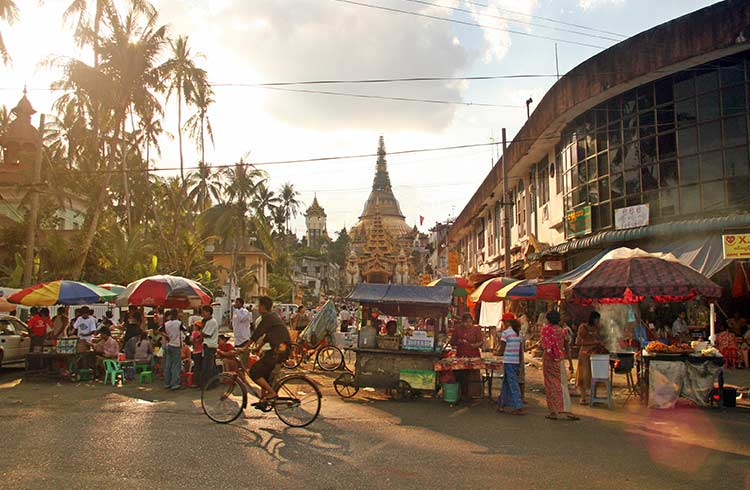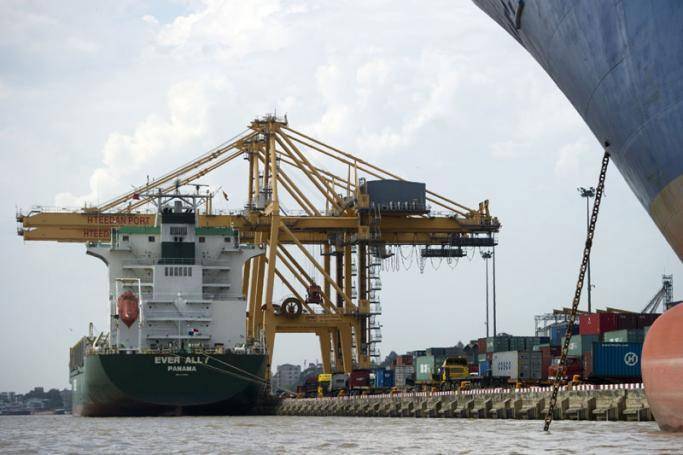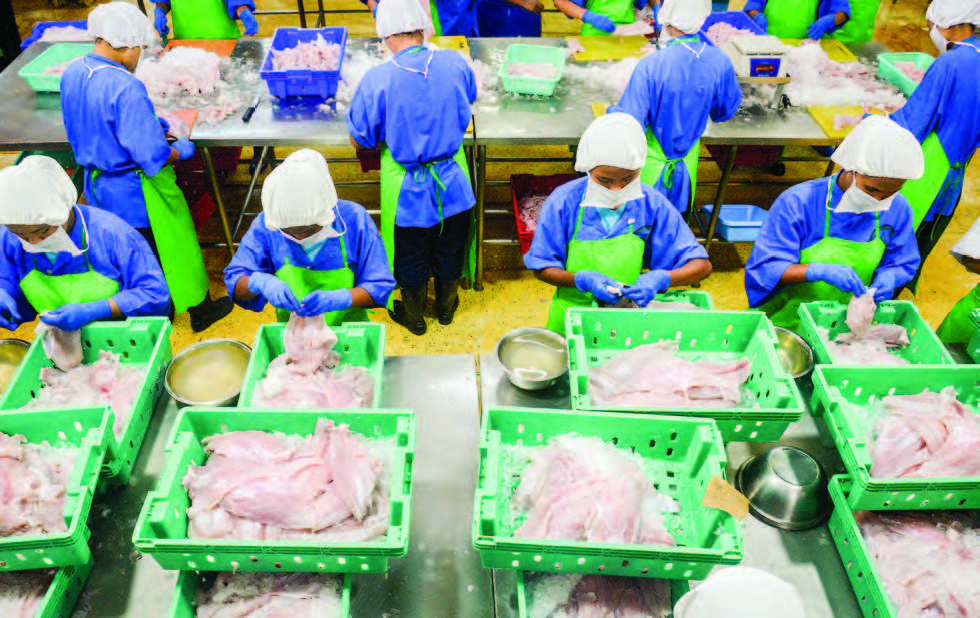
Trade at Tachileik, Shan State, the border town between Myanmar and Thailand, has come to a standstill now that Thai authorities are allowing just six vehicles with a Myanmar number plate to enter Mae Sai in Thailand. The move was announced and made effective by Thai authories on September 17 as part of measures to prevent the spread of COVID-19. Initially, the Thai authorities had said 168 trucks and one driver per vehicle will be allowed to cross the No.2 Friendship Bridge between the two countries. But as it will allow only six Myanmar cars to enter Mae Sai a day, traders from Myanmar are planning to do the same.
To reciprocate, they will allow only six vehicles from the Thai side to cross over to Myanmar. Tachileik authorities have also issued new restrictions and checks on Thai drivers at the border, such as requiring Thai vehicles to register and obtain approval from the Myanmar authorities before being permitted to trade in the country at a fixed date. Thai drivers are not allowed to enter Myanmar, hundreds of vehicles are now stranded on the Thai side since September 17. More than 200 small vehicles and more than 100 trucks are now stranded in Thailand. However, their side is facing difficulty as Thai exports to Myanmar are worth more than THB 1billion per month.
Although both sides had agreed in principle to implement COVID-19 restrictions simultaneously and only after negotiations, Thailand appears to have set unilateral rules which Myanmar has since reciprocated. While border trade was going smoothly, Thai side have started to break the agreement. Now, the Myanmar side is likely to ease the restrictions only when the Thais come and negotiate after relaxing their measures. An estimate of around 200 Toyota HiAce vehicles from Myanmar and more than 100 Thai trucks pass through the Mae Sai- Tarchileik boder trade gate on a daily basis.
Source: Myanmar Times



